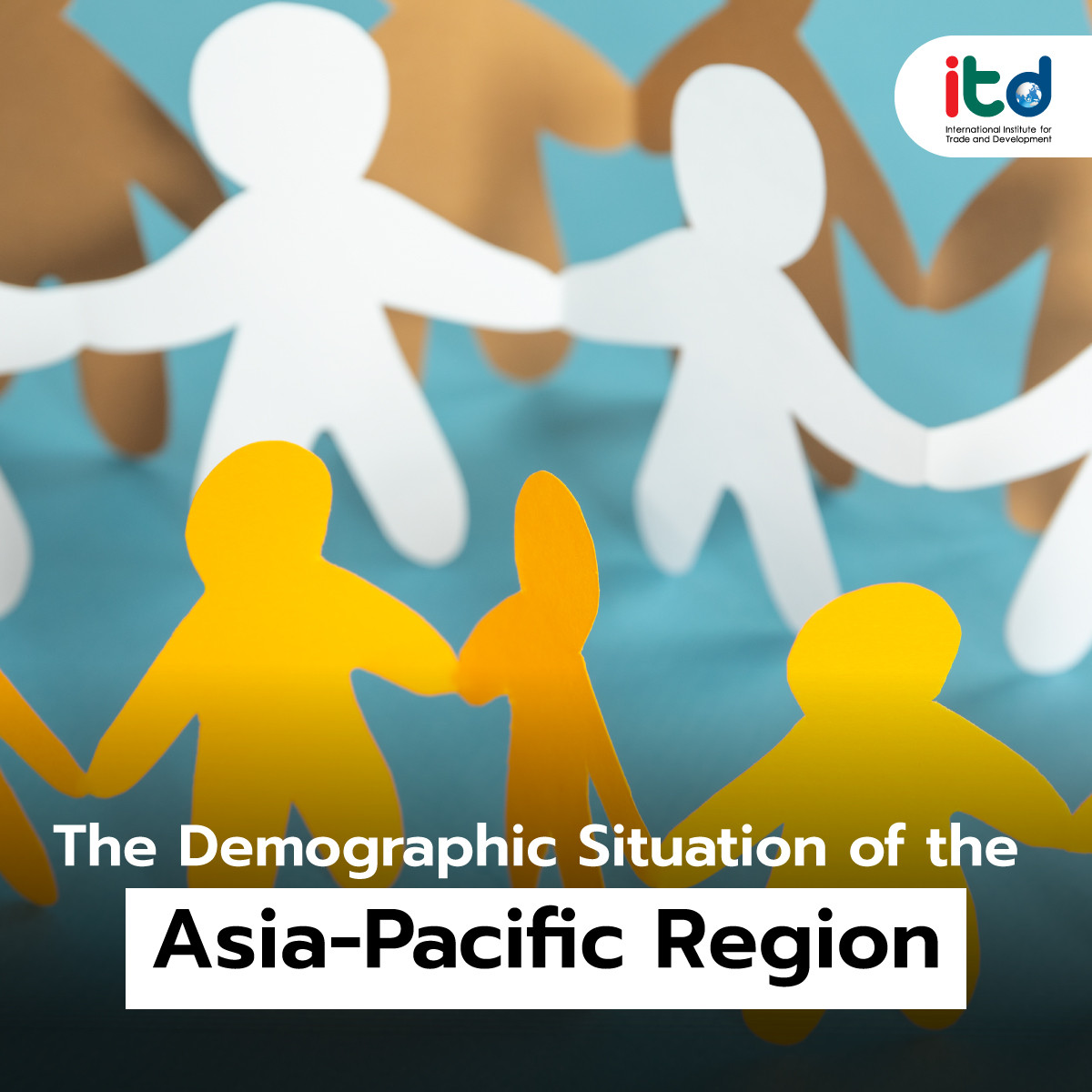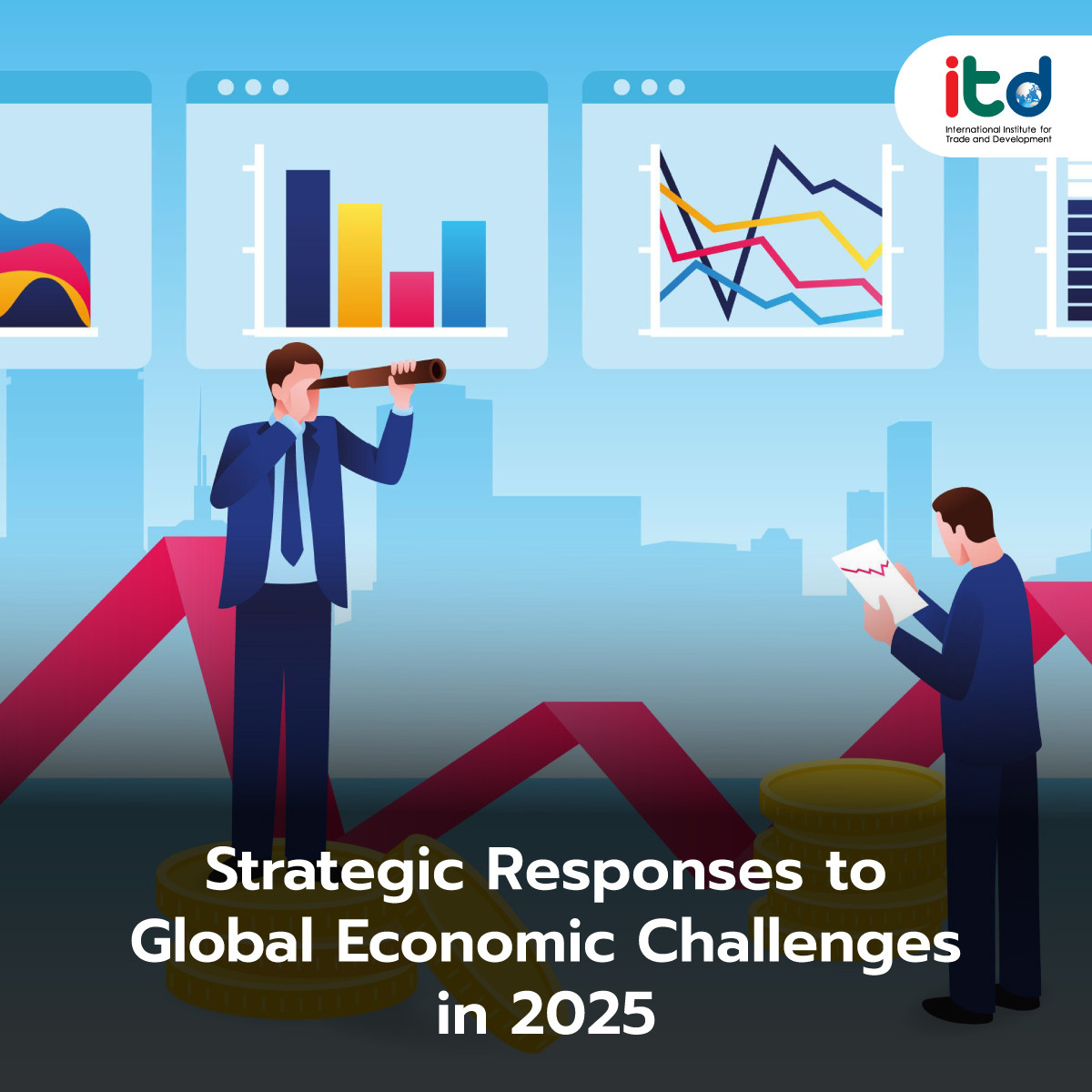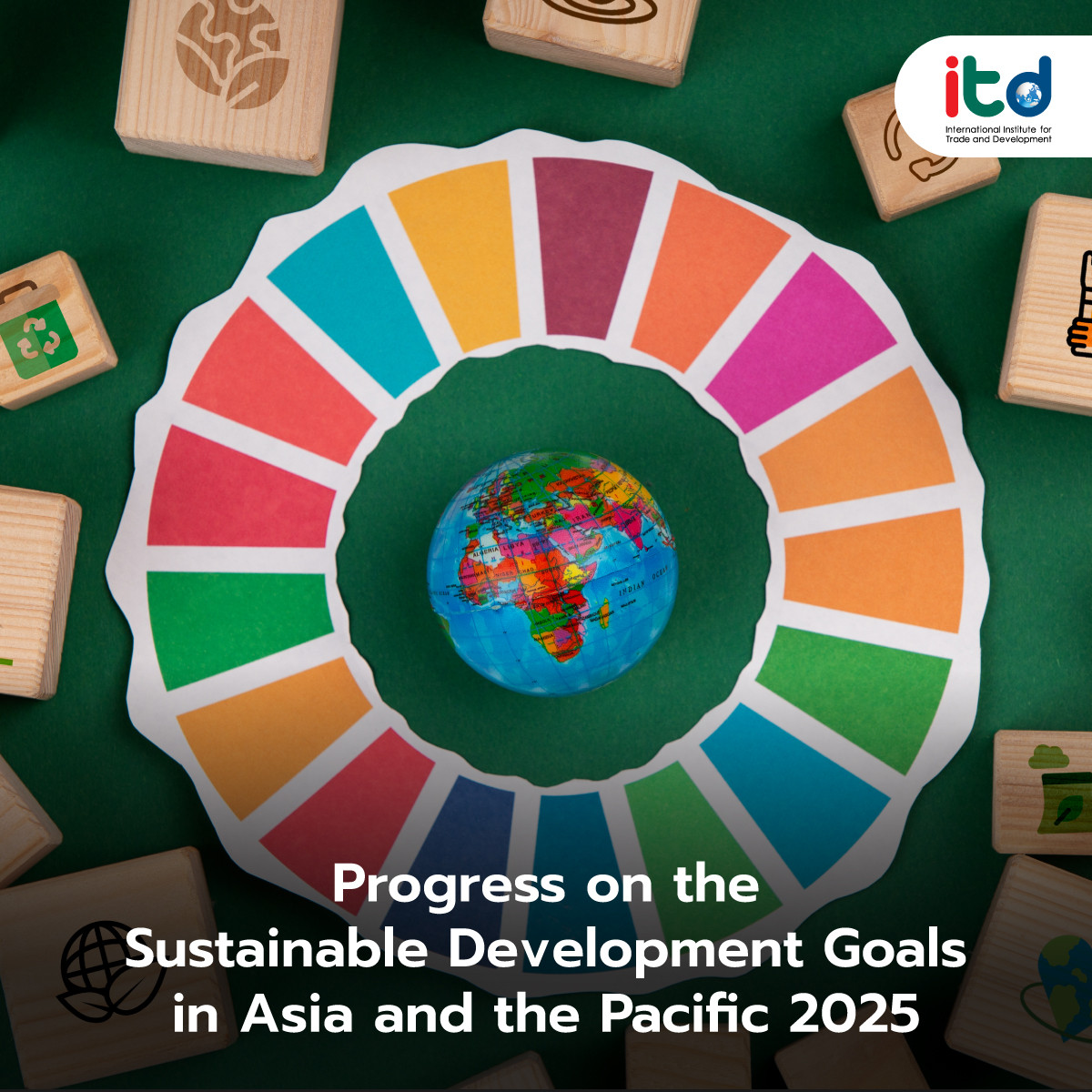About Documents
The United Nations Economic and Social Commission for Asia and the Pacific (UNESCAP) has published the Asia-Pacific Population and Development Report 2023. The report presents population statistics and evaluates the progress of development towards Sustainable Development Goals in the Asia-Pacific region. It also provides policy recommendations to drive sustainable development in the region.
The Asia-Pacific region, accounting for 60% of the global population, has seen significant demographic developments over the past decades. Transitioning from a region with low fertility rates to one with high rates, it has experienced high migration, urbanization, and improvements in various aspects of life quality, such as health, nutrition, sanitation, education, housing, and a reduction in poverty.
In 2023, the demographic development of the Asia-Pacific region has reached a crossroads due to new population trends. Challenges include aging societies, declining fertility rates, socio-economic disparities, the impact of the COVID-19 pandemic on the economy and society, climate change effects, disasters, conflicts, wars, and the transition to the digital age requiring rapid adaptation.
The Asia-Pacific region’s total population is 4.7 billion, expected to increase to 5.2 billion by 2050. The working-age population (15-64 years) is estimated to be about 3.3 billion in the mid-2030s. The population over 60 years is expected to double from 697 million in 2023 to 1.3 billion in 2050. The average life expectancy has increased from 42.9 years in 1950 to 74.9 years in 2023, with significant regional variations.
The increase in average life expectancy tends to impact public health finances, employment, and poverty reduction, which overall improved but witnessed increasing inequalities and disparities, especially between countries and between rural and urban areas. A high proportion of informal female labor and high unemployment rates among youth under 25 compared to the general labor force are notable.
Climate change increasingly impacts the quality of life in the Asia-Pacific region, evident from droughts, floods, and other disasters. In 2021, the region experienced over 100 natural hazards occurred in Asia, of which 80% were floods and storms, affecting over 48 million people, causing 4,000 deaths, and resulting in economic damage of approximately $35.6 billion. The demographic and developmental changes necessitate policies in the Asia-Pacific countries focusing on peaceful coexistence of diverse population groups, prioritizing development that leaves no one behind, future-oriented policies considering the impact on subsequent generations, and promoting investments positively affecting women, comprehensive public health systems, social cohesion, social protection, and carbon dioxide emissions reduction, etc.
Author:
Ms. Namphueng Tassanaipitukkul
Senior Researcher
International Institute for Trade and Development (Public Organization)
www.itd.or.th
Publication: Bangkok BIZ Newspaper
Section: First Section/World Beat
Volume: 37 Issue:12541
Date: Wednesday, December 27, 2023
Page: 8 (bottom right)
Column: “Asean Insight”






